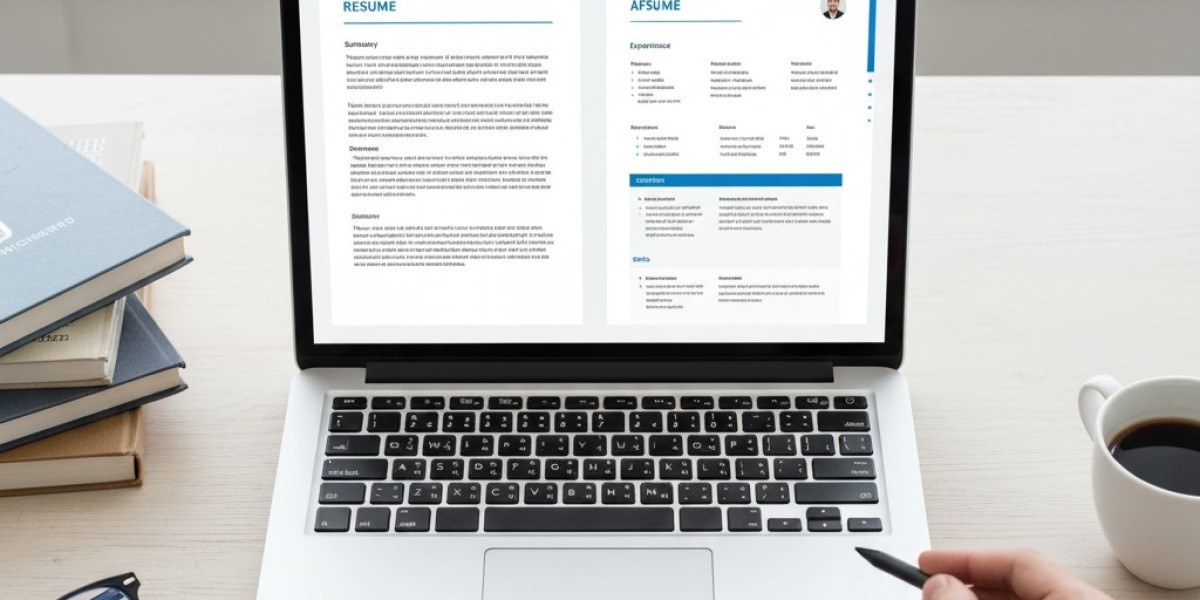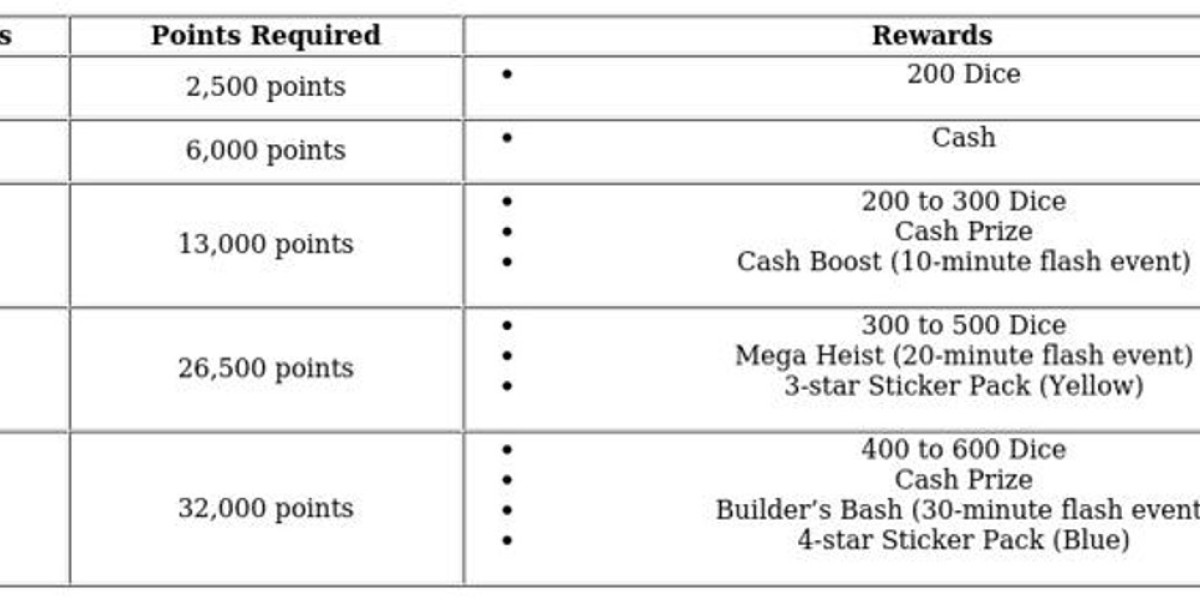Your resume serves as your first introduction to potential employers. Many talented professionals miss out on great opportunities simply because their documents lack proper organization and visual appeal.
Creating a well-structured resume doesn't require expensive software or design skills. With the right approach, anyone can transform their basic document into a professional presentation that gets noticed.
This comprehensive guide will walk you through every aspect of resume formatting, from basic structure to advanced optimization techniques.
Understanding the Impact of Professional Resume Presentation
Hiring managers review countless applications daily. They typically spend less than 10 seconds on initial resume screening, making first impressions absolutely critical.
Studies reveal that well-organized documents receive significantly more attention than poorly formatted ones. Your presentation quality often determines whether recruiters continue reading or move to the next candidate.
CV Formatting influences how employers perceive your professionalism and attention to detail. A clean, organized layout suggests you approach all tasks with similar standards.
The Psychology Behind Resume Design
Employers subconsciously associate visual organization with work quality. When your resume appears cluttered or inconsistent, they may assume your work habits follow similar patterns.
Conversely, a polished document creates positive assumptions about your capabilities before they even read your qualifications. This psychological advantage can be the difference between securing an interview and getting overlooked.
Essential Components of Modern Resume Structure
Today's resumes follow specific organizational principles that make information easy to locate and digest. Understanding these fundamentals helps you create documents that serve both human readers and digital systems.
Header Section Requirements
Your header establishes your professional identity at first glance. Include your full name in a slightly larger font than the body text, followed by your contact information.
Essential header elements include:
- Professional email address
- Current phone number
- City and state location
- LinkedIn profile URL
- Professional website (if applicable)
Avoid including your full home address, as it's unnecessary and takes up valuable space. Keep formatting simple and ensure all contact information remains current.
Professional Summary Development
The summary section appears immediately after your header and provides a snapshot of your key qualifications. Write 3-4 sentences that highlight your most relevant experience and achievements.
Focus on specific accomplishments rather than generic job duties. Mention years of experience, key skills, and notable results you've achieved in previous roles.
This section should be customized for each application to align with the specific position requirements.
Common Formatting Errors That Damage Applications
Many job seekers unknowingly sabotage their chances through preventable formatting mistakes. Recognizing these issues helps you avoid similar pitfalls.
Typography Inconsistencies
Using multiple fonts throughout your document creates visual chaos. Select one professional typeface and use it consistently for all text elements.
Recommended fonts include:
- Calibri
- Arial
- Helvetica
- Times New Roman
- Georgia
Maintain consistent font sizes throughout each section. Body text should be 10-12 points, with headings slightly larger for hierarchy.
Spacing and Alignment Issues
Inconsistent spacing between sections makes your resume appear unprofessional. Establish standard margins (typically 0.5-1 inch) and maintain them throughout the document.
Use consistent line spacing within sections and between different elements. Left-align most content for easy reading, reserving center alignment primarily for headers.
Length and Content Balance Problems
Entry-level professionals should typically limit resumes to one page. Experienced professionals may extend to two pages if necessary, but never exceed this length unless working in academia or research fields.
Every line should add value to your application. Remove outdated information, irrelevant experiences, and excessive detail that doesn't support your target role.
Strategic Content Organization Methods
Organizing your resume content strategically helps employers quickly locate relevant information while showcasing your qualifications in the most favorable light.
Work Experience Presentation
List your professional experience in reverse chronological order, starting with your most recent position. Include company name, job title, employment dates, and 3-5 bullet points describing your achievements.
Begin each bullet point with strong action verbs and focus on quantifiable results whenever possible. Instead of listing job duties, emphasize accomplishments and their impact on your organization.
Use consistent formatting for all positions, including date ranges, company names, and bullet point styles.
Education and Certification Display
Place your education section after work experience unless you're a recent graduate or the role specifically requires certain educational credentials.
Include degree type, major, institution name, and graduation year. Add relevant coursework, honors, or academic achievements only if they directly relate to your target position.
List professional certifications, licenses, and continuing education that demonstrate ongoing professional development.
Skills Section Strategy
Create a dedicated skills section that includes both technical competencies and soft skills relevant to your industry. Group related skills together for easy scanning.
Consider using a two-column format for longer skill lists to maximize space utilization. Avoid rating systems or visual elements that may not translate well through digital scanning systems.
Digital Age Resume Considerations
Modern job searching involves multiple digital touchpoints, from online applications to email submissions. Your resume must perform well across all these platforms.
Applicant Tracking System Optimization
Many companies use automated screening software before human review. Your CV Formatting must be compatible with these systems to ensure your resume reaches hiring managers.
Use standard section headings like "Work Experience," "Education," and "Skills." Avoid graphics, tables, or complex layouts that confuse scanning algorithms.
Include keywords from job descriptions naturally throughout your content. Focus on industry-specific terms and required qualifications mentioned in postings.
File Format Best Practices
Save your resume as a PDF to preserve formatting across different devices and email systems. PDF files display consistently regardless of the recipient's software or operating system.
Create a professional file name using your name and the word "resume": "John_Smith_Resume.pdf"
Keep file sizes reasonable (under 1MB) to ensure easy transmission through email systems and online applications.
Industry-Specific Formatting Approaches
Different industries have varying expectations for resume presentation. Understanding these nuances helps you tailor your approach appropriately.
Corporate and Business Environments
Traditional business sectors prefer conservative formatting with minimal color and straightforward layouts. Focus on clean lines, plenty of white space, and professional typography.
Emphasize quantifiable achievements, leadership experience, and results-driven accomplishments that demonstrate business impact.
Creative and Design Fields
Creative professionals can incorporate more visual elements while maintaining readability and professionalism. Your resume design should reflect your aesthetic sensibilities without overshadowing your qualifications.
Ensure any creative elements serve a functional purpose and don't distract from your core message.
Technical and Engineering Roles
Technology professionals should emphasize technical skills prominently, often in a dedicated section near the top of the document.
Include specific programming languages, software proficiencies, and technical certifications. Use clear, scannable formatting that allows quick identification of relevant skills.
Professional Resume Services and Resources
Sometimes investing in professional assistance can significantly accelerate your job search success, particularly during career transitions or when targeting senior-level positions.
When to Consider Professional Help
CV Formatting Services become valuable when you're changing industries, returning to work after a break, or pursuing executive-level opportunities.
Professional writers understand current market trends and can help you present your experience in the most compelling way possible.
They also stay updated on ATS requirements and formatting best practices that ensure your resume performs well in digital screening processes.
What Quality Services Provide
Professional CV Formatting Services typically offer:
- Industry-specific formatting guidance
- Keyword optimization for online applications
- Multiple revision rounds
- Quick turnaround times
- ATS compatibility testing
Regional Expertise Benefits
CV Formatting Services in Texas understand local job market dynamics and employer preferences. They're familiar with major industries in the state, including energy, healthcare, technology, and aerospace.
Local providers often offer in-person consultations and understand regional networking opportunities that can enhance your job search strategy.
CV Formatting Services in Texas can also provide insights into company cultures and hiring practices specific to Texas-based employers.
Technology Tools and Templates
Various digital tools can help streamline the resume creation process while ensuring professional results.
Online Resume Builders
Platform-based resume builders offer templates and guided creation processes. Popular options include LinkedIn's resume builder, Canva's professional templates, and industry-specific career websites.
When selecting templates, prioritize simplicity and ATS compatibility over elaborate designs.
Template Selection Guidelines
Choose templates that match your industry's expectations and your experience level. Simple, clean designs typically outperform complex layouts in both human review and digital scanning.
Ensure any template you select allows customization for different applications while maintaining consistent formatting.
Quality Assurance and Final Review Process
Thorough review processes prevent embarrassing errors and ensure your resume makes the best possible impression.
Comprehensive Proofreading Checklist
Review your document for:
- Spelling and grammatical accuracy
- Consistent formatting throughout all sections
- Proper date formatting and chronological order
- Contact information accuracy
- Appropriate file naming and format
External Feedback Integration
Ask trusted colleagues or mentors in your field to review your resume. They can provide valuable insights about industry expectations and content relevance.
Consider the hiring manager's perspective when incorporating feedback and making final adjustments.
Conclusion
Professional CV Formatting significantly impacts your job search outcomes. Investing time in creating a well-organized, visually appealing document pays substantial dividends through increased interview opportunities and career advancement.
Your resume represents your personal brand before any face-to-face interaction occurs. Make that representation count through strategic formatting and thoughtful presentation.
Whether you choose to format your resume independently or work with CV Formatting Services, focus on clarity, consistency, and relevance to your target positions. A professionally formatted resume opens doors to career opportunities and helps you stand out in competitive job markets.
For professional assistance with your resume formatting needs, DSD Recruitment in Sugar Land, Texas 77498 United States offers expert services. Contact them at +1 (346) 855-1121 to discuss how professional formatting can accelerate your career success.
Frequently Asked Questions About Resume Formatting
How should I format my resume for online job applications?
Use a clean, simple layout with standard fonts and save as PDF. Avoid graphics, tables, or unusual formatting that might not scan properly through applicant tracking systems.
What's the ideal resume length for experienced professionals?
Most professionals should aim for 1-2 pages maximum. One page works well for those with less than 10 years of experience, while senior professionals may need two pages for comprehensive coverage.
Which fonts work best for professional resumes?
Stick to professional, easily readable fonts like Arial, Calibri, Times New Roman, or Helvetica. Use 10-12 point size for body text and slightly larger for headings.
Should I include a photo on my resume?
In most U.S. industries, avoid including photos on resumes. They can lead to unconscious bias and aren't standard practice except in specific fields like modeling or acting.
How do I ensure my resume is ATS-friendly?
Use standard section headings, avoid complex formatting, include relevant keywords naturally, and save as PDF. Test your resume by copying and pasting it into a plain text document to see how it translates.
What's the biggest resume formatting mistake to avoid?
Inconsistent formatting throughout the document. This includes varying fonts, uneven spacing, different bullet styles, or misaligned text that creates an unprofessional appearance.
How often should I update my resume format?
Review your resume format annually or when changing industries. Stay current with professional standards while maintaining a clean, timeless appearance that won't look outdated quickly.
Can I use colorful designs on my resume?
Conservative industries prefer minimal color, while creative fields may allow more visual elements. When in doubt, stick to black text on white background with minimal accent colors.








